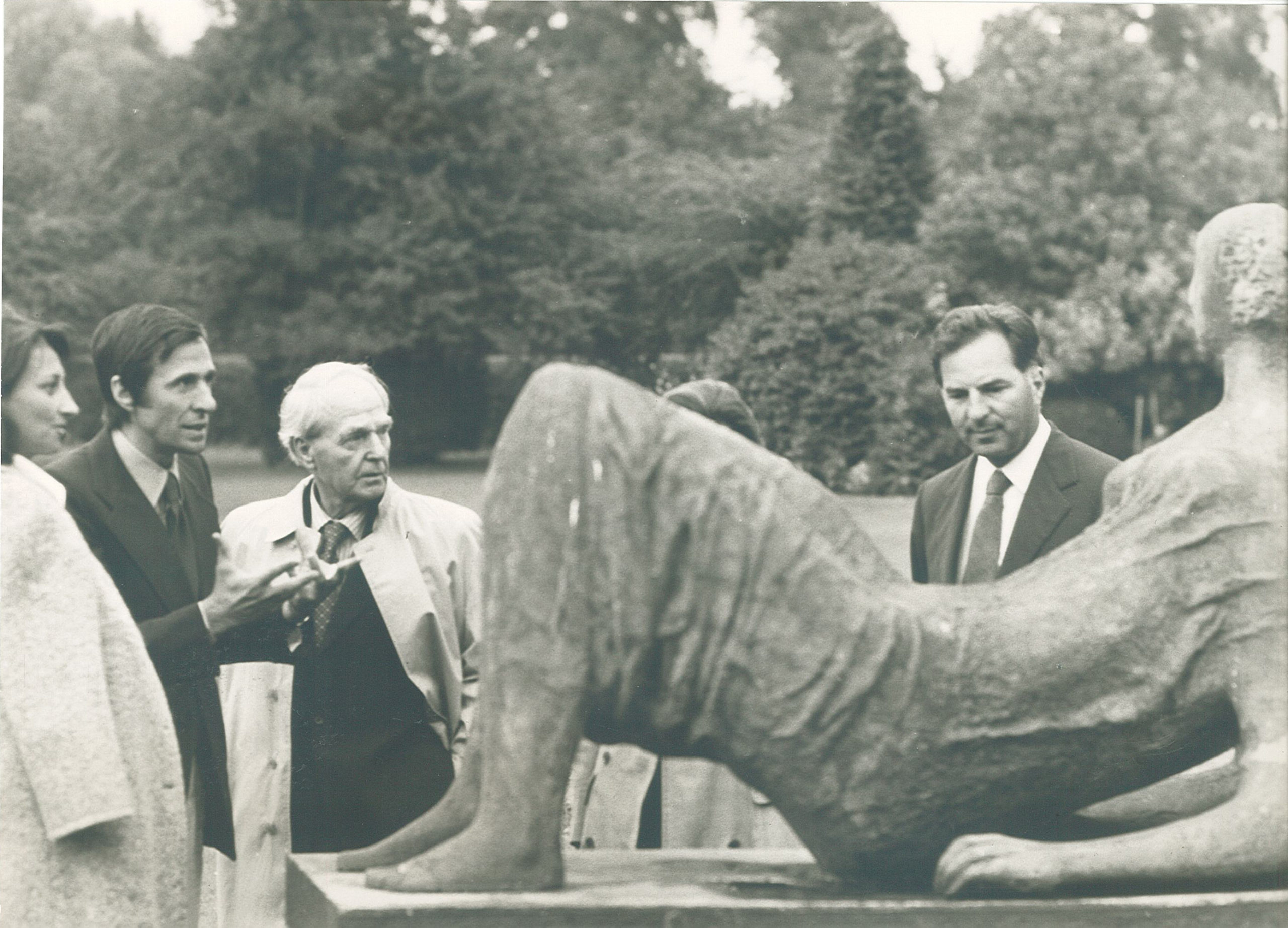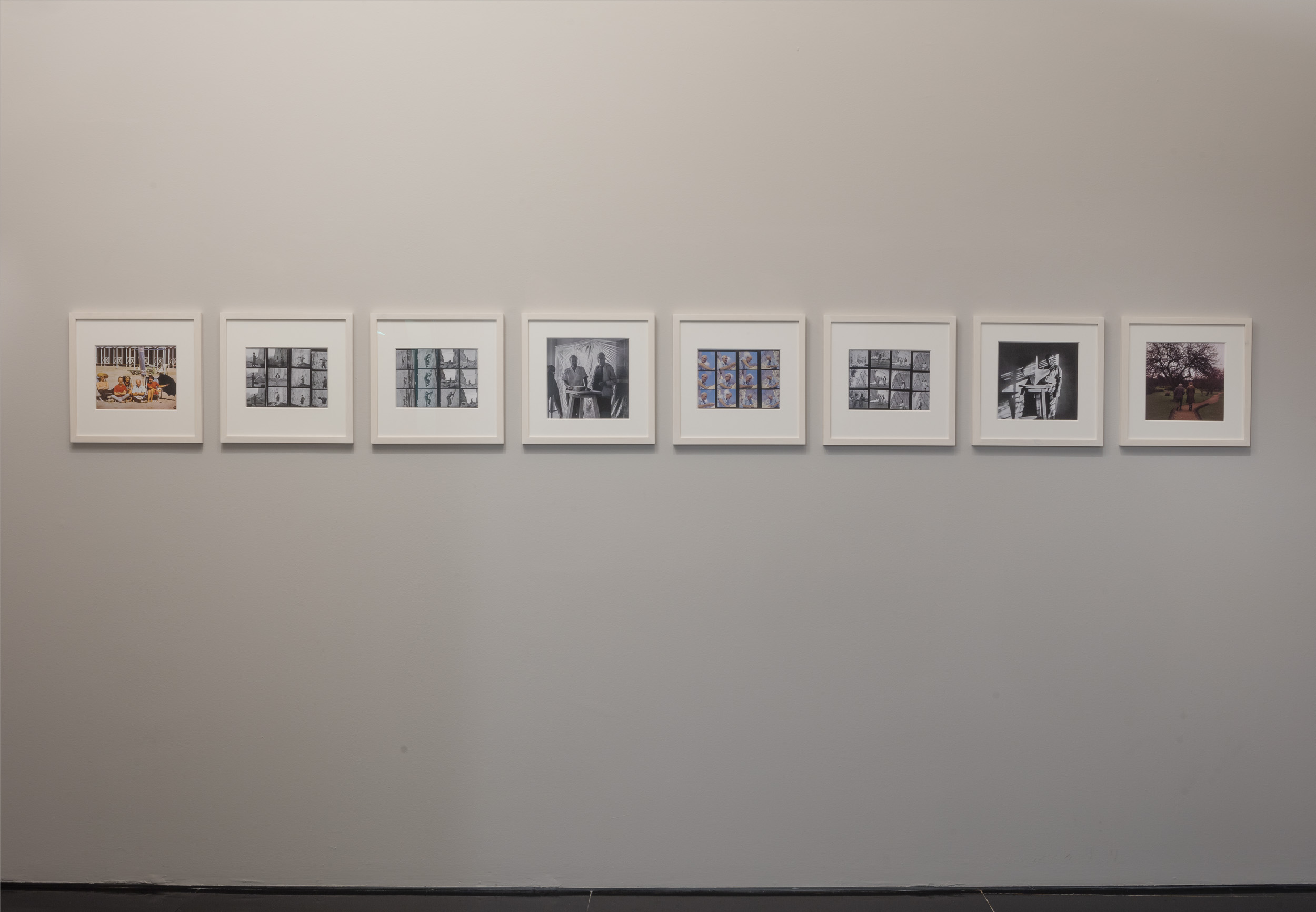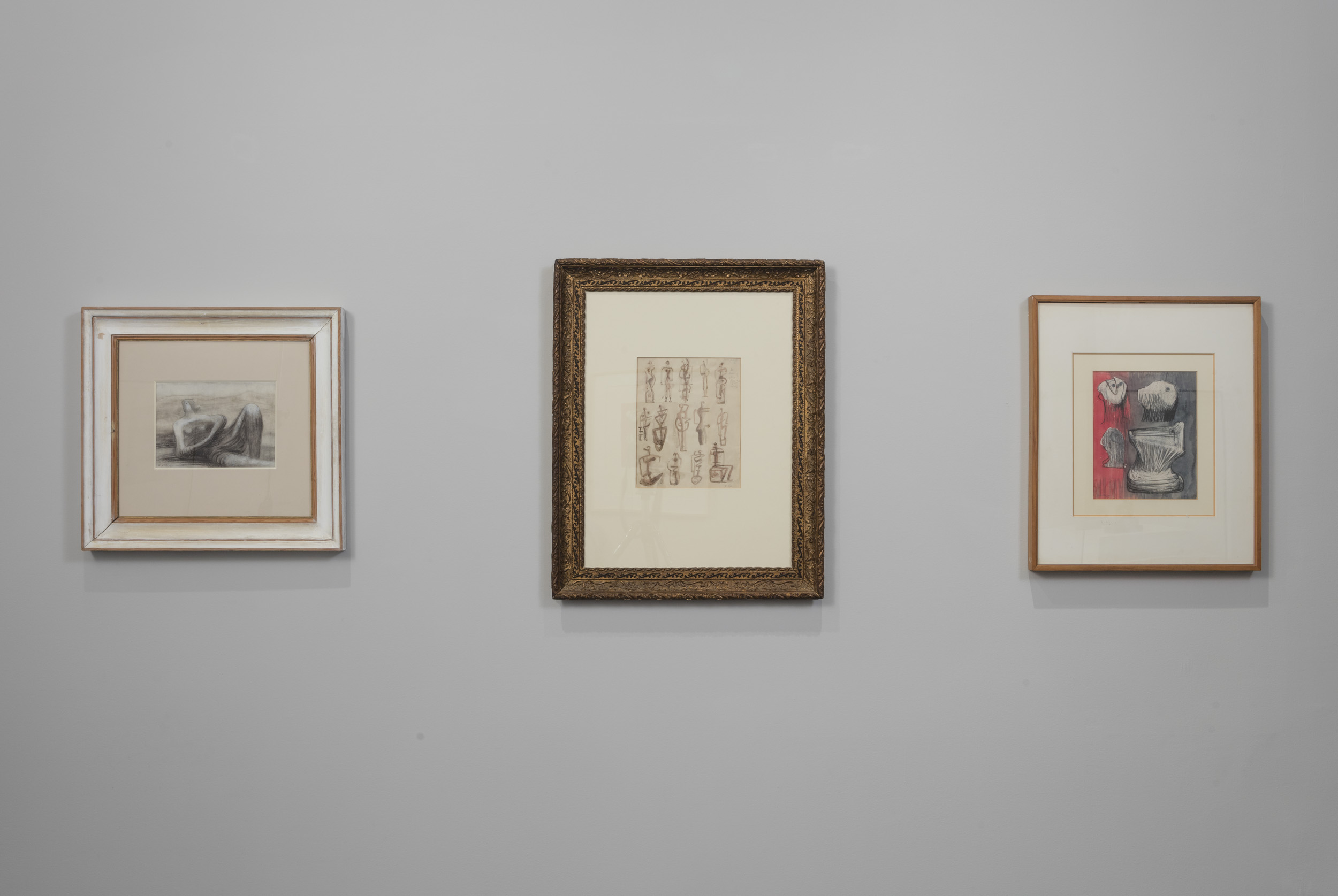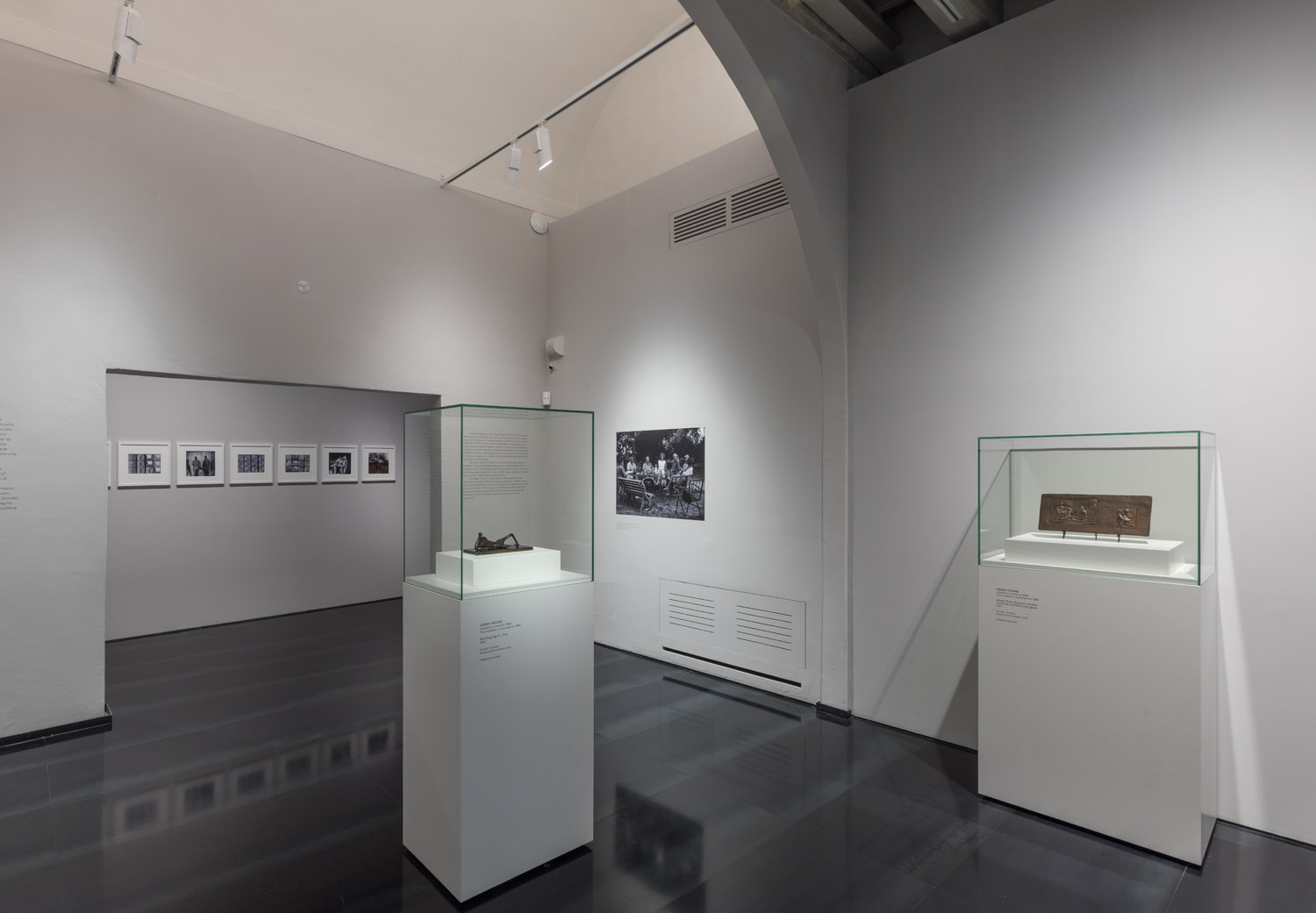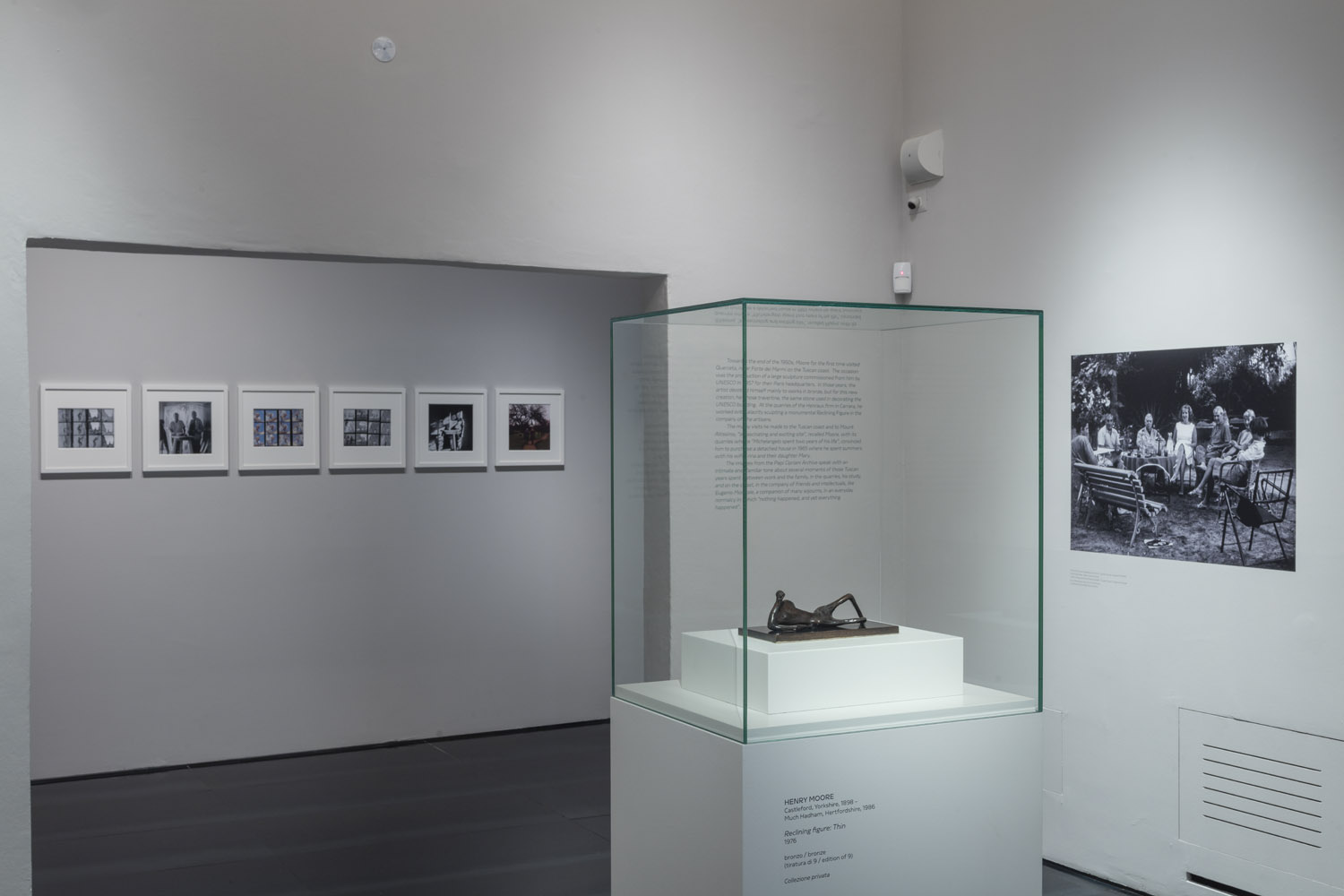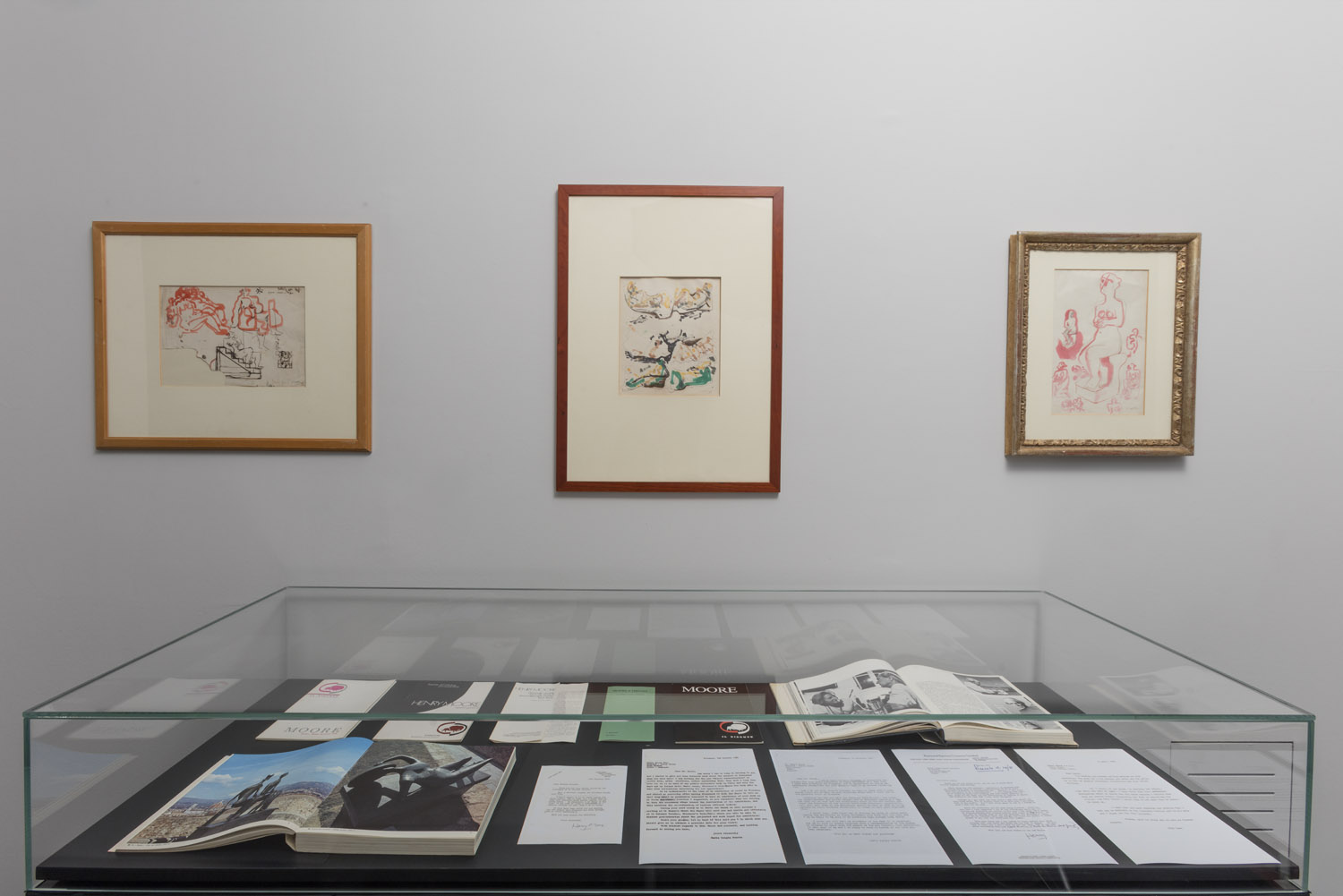Where and when
From
To
Museo Novecento
The project was born to underline the link between the sculptor and the Tuscan territory and presents a series of works from private collections that testify, together with documents and photographs, the intense artistic and emotional relationship that bound the sculptor to the city of Florence and Tuscany. An intense relationship born in the 1920s when, as a young student, the sculptor stayed in the main Tuscan cities and then consecrated in 1972 with the great exhibition that the city of Florence dedicated to him in 1972 at the Forte Belvedere.
Exhibition Hours
Winter
Monday – Sunday
11:00 am
–
8:00 pm
Thursday
Summer
Monday – Sunday
11:00
–
21:00
Thursday
As a collateral event of the exhibition Henry Moore. The sculptor’s drawing Museo Novecento hosts Henry Moore in Tuscany, from 18 January to 4 July 2021.
. The study trip to Italy in 1925 represented for Moore a sort of revelation, the live observation of the masterpieces of the Tuscan masters of the fourteenth and fifteenth centuries will accompany him for a long time and will mark his artistic training together with the study of primitivist and extra-European sculpture at the British Museum in London, of the historical avant-gardes, of Brancusi and Picasso.
In the bronzes exhibited – many of which are preparatory models of monumental sculptures – some subjects dear to the artist recur, from the study of the human figure and vertebrae to the representation of recumbent women and hands, as well as a unique balance of forms between full and empty which was the distinctive feature of all his practice.
The images of the time portray him with friends and intellectuals during the summers spent between Versilia and the marble quarries of Carrara, tracing a story made up of ongoing bonds and affections. Many of these friends, including Maria Luigia Guaita, Giuliano Gori, and Anna Maria Papi, will mark the artist’s presence in the area and his relationship with local institutions, also ensuring the arrival of works such as Warrior with Shield (1953-1954) today housed in the cloister known as ‘di Arnolfo’ of the basilica of Santa Croce in Florence and Large Square Form with Cut (1969) in Piazza San Marco in Prato.
“I must have been probably around 11 when I first decided that I wanted to be a sculptor. I remember the exact moment very well. As a boy, at school, I liked art lessons, I liked drawing. In my earliest memories, I often see myself asking my older brother to draw me a horse or other things. But the insignificant episode that I have fixed in mind is linked to the school of religion where the parents sent me with my younger sister every Sunday afternoon, I think above all to get rid of us … the director gave us a speech that always had a small implication moral. And one Sunday he told us about Michelangelo who was sculpting the head of an old faun in the streets of Florence – which were his studio. A passer-by watched him for two or three minutes and then said, “but an old man couldn’t have all his teeth yet.” And Michelangelo immediately took the chisel and knocked out two teeth, and then – said the director – here is a great man listening. Advice from others even if you don’t even know them. The story stuck in my mind not for morality, but because of that character, Michelangelo, a great sculptor. So instead of saying like other kids that I wanted to be a train driver or something, those words stuck in my mind and from that moment I knew [what I wanted to be]”, recalls Henry Moore.
The link between the British sculptor and Tuscany is retraced through the stages that mark the exhibition, divided into sculptures and photographs. At the end of the 1950s, Moore went for the first time to Querceta, near Forte dei Marmi on the Tuscan coast. The occasion is the production of a large sculpture commissioned by Unesco in 1957 for the headquarters in Paris. In those years the artist mainly devoted himself to bronze works but for the new creation, he chose travertine, the same stone used in the decoration of the Unesco building, and, together with the artisans of the Carrarese quarries of the Henraux company, worked hard to carve a monumental Reclining Figure.
Moore remembers the many visits he made on the Tuscan Riviera and Mount Altissimo, “a fascinating and exciting place”. The quarries where “Michelangelo spent two years of his life” convince him to buy a villa in 1965 where he can spend the summers with his wife Irina and daughter Mary. The images from the Papi Cipriani Archive tell with an intimate and familiar tone some moments of those Tuscan years spent between work and family in the quarries, in the studio, and on the coast, together with friends and intellectuals such as Eugenio Montale, companion of many stays, in daily normality in which “nothing happened, yet everything happened”.
Within a few years, the idea of the exhibition at the Forte di Belvedere will also be born, the largest retrospective ever made by the artist which also inaugurated a new era for Florentine culture and its relationship with contemporary art.
The exhibition and the accompanying catalog, therefore, pay homage to both the artist and his collectors, who were able to enhance his figure and genius in the sign of patronage and an undisputed love for art.
On the occasion of the exhibition, a medium-length film will be made to tell the memory of the ’72 exhibition and Moore’s presence in the area through testimonies of personalities from the Tuscan cultural world.
Artist
Henry Moore
1898, Castelford, UK – 1986, Perry Green, UK
Curated by
Sergio Risaliti
Scientific Coordination
Francesca Neri
Stefania Rispoli
Organization
Luca Puri
Press
Elisa di Lupo
Press Office Comune di Firenze
tel. 055 2768531
Lea Codognato e Caterina Briganti
Davis&Co.
Comunication
Costanza Savelloni
Visual Identity
Dania Menafra
Realization
FRUSH Design Studio
Ideation
Ph Credits
Serge Domingie



